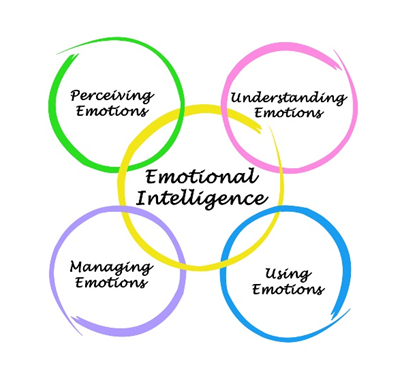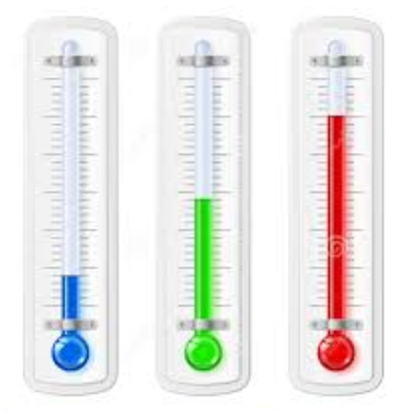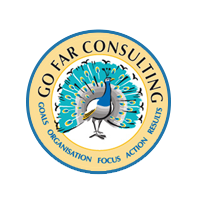There’s a quote “If you could get all the people in an organization rowing in the same direction, you could dominate any industry” My question regarding this is, what if this is the rapids of a fast flowing river you’re rowing in??
If everyone is rowing together, the boat will surely capsize!
Image everyone in a boat hitting the rapids and everyone gayly rowing together without consideration for the turbulence and if some should be on one side of the boat stabilizing the boat or not or steering it away to calmer waters. Rowing in the same direction is understanding the goal or destination, not necessarily how to get there. The key is knowing which way to row according to the situation and when to row. This takes awareness and knowledge.
Did you know that we all have certain triggers and even if we are exposed to the same situation we can act very differently in that same situation? It is important to recognize no matter whether we work remotely or together.
When was the last time you felt angry or frustrated?
When the work environment is so busy or under pressure many can feel emotionally hijacked. This can lead to stress, frustration, and lack of patience. Often, we can blame someone else or a situation for how we feel. When the environment is not at its best, we can experience not only a lower productivity but also a higher turnover of employees, more health issues, and days of sick leave. We can have a complicated role in leadership when working with numerous people and our emotional intelligence.
Clear communication is vital in times of a crunch, time pressure or stress related situation in our work environment.
DISC is the language of behavior and emotion. It is how we act and do things. There are no rights or wrongs, it is similar to going into the candy store and choosing between jellybeans vs chocolate- it is about our preferences. Yet if we understand how we’re wired we can gain more self-awareness of the current situation and make wiser decisions. This is known as emotional intelligence.
It is important to know this when dealing with people under stressful circumstances-such as customer service, sales, even death, divorce, high pressure business decisions, selling a home/business, or in court situations. People revert to their instinctive style under pressure.
I Hear
I Observe
I Experience
A Belief
Positive View
Or
Negative View
Emotional Intelligence & Leadership
Our personality is influenced by our emotional Intelligence and our leadership skills. Emotional intelligence (EQ) is not to be confused with our intelligence level (IQ). Emotional intelligence is the measure of our ability to sense, understand and regulate our emotions effectively. The better we understand ourselves the better we can assist and contribute to higher levels of communication and collaboration with others.
Whether we are aware of it or not, we fall into predictable patterns of behavior according to our environment, stress and tension. We have distinctive ways of thinking, feeling, and acting. We respond in certain ways.
OUR THOUGHTS
FEELINGS
ACTIONS
REACTIONS
One of the defining features of emotional intelligence is the ability to comprehend the effects of our feelings. This is crucial for making sound, objective decisions,especially if our pride and self-esteem might be at stake.
Leaders who have higher emotional intelligence are more likely to realize when pride and other emotions and triggers are influencing their thinking, allowing them to make more rational, impartial conscious choices.

Leaders with higher emotional intelligence have an improved ability to gauge others’ responses to their words and actions. This makes it easier to tell if employees really understand what we are saying or are confused but unwilling to say so. We can then refine our messages accordingly, developing reliable ways of communicating with everyone who works for us.
High emotional intelligence also makes it easier for us to listen to what other people are saying clearly and without judgment, ensuring that our employees, and team members can continually give us the information we need.
Now if we layer this with an understanding of behavioral styles, we are miles ahead of most people.
By looking at our profiles and those on our team, we are not pigeon holing anyone into a specific category, because everyone is as different as their fingerprint.
We can make educated assumptions though about their preferences based on certain criteria. We can find our strengths and passions and levels of intensity. We can see what gaps there are and where we might be vulnerable. We can see if we are the most suited to the position or if we are on a path to burn out. This is particularly important for businesses that are growing as often someone will step into a role out of necessity, not out of choice. This can also prevent intense situations and frustrations by understanding one another.
Varying levels of Intensity
Example, two people could be seen as outgoing and faster paced. One of them may be seen as more pedal to the metal than the other. Someone who is outgoing may not be 100% outgoing.
 The higher the Driver personality the more tendency to be restless.
The higher the Driver personality the more tendency to be restless.
The higher the Influencer personality style the more tendency to be talkative.
The higher the Steadiness personality style, the more tendency to be supportive.
The higher the Compliant personality style, the more tendency to be cautious.
The same can be true with regard to whether we prefer to be more inclined to favor people rather than the task at hand. Sometimes a project will be delayed because we take into consideration the people around us rather than the task deadline.
We each have a unique mix of D.I.S.&C. it is our own individual personality blend, we are simply different from one another. Just like snowflakes and fingerprints, we are all unique.
Whatever words we use to describe the personality, it is a serious business when we look at someone and assign motivations to them based on what we see. We must be careful not to label people based on our own viewpoint or our tendency to stereotype behaviors.
We are all capable of growth and change. We can enhance strengths already present and become even more amazing with skills that we gravitate towards. We can shift our character weak points with knowledge awareness and understanding.

